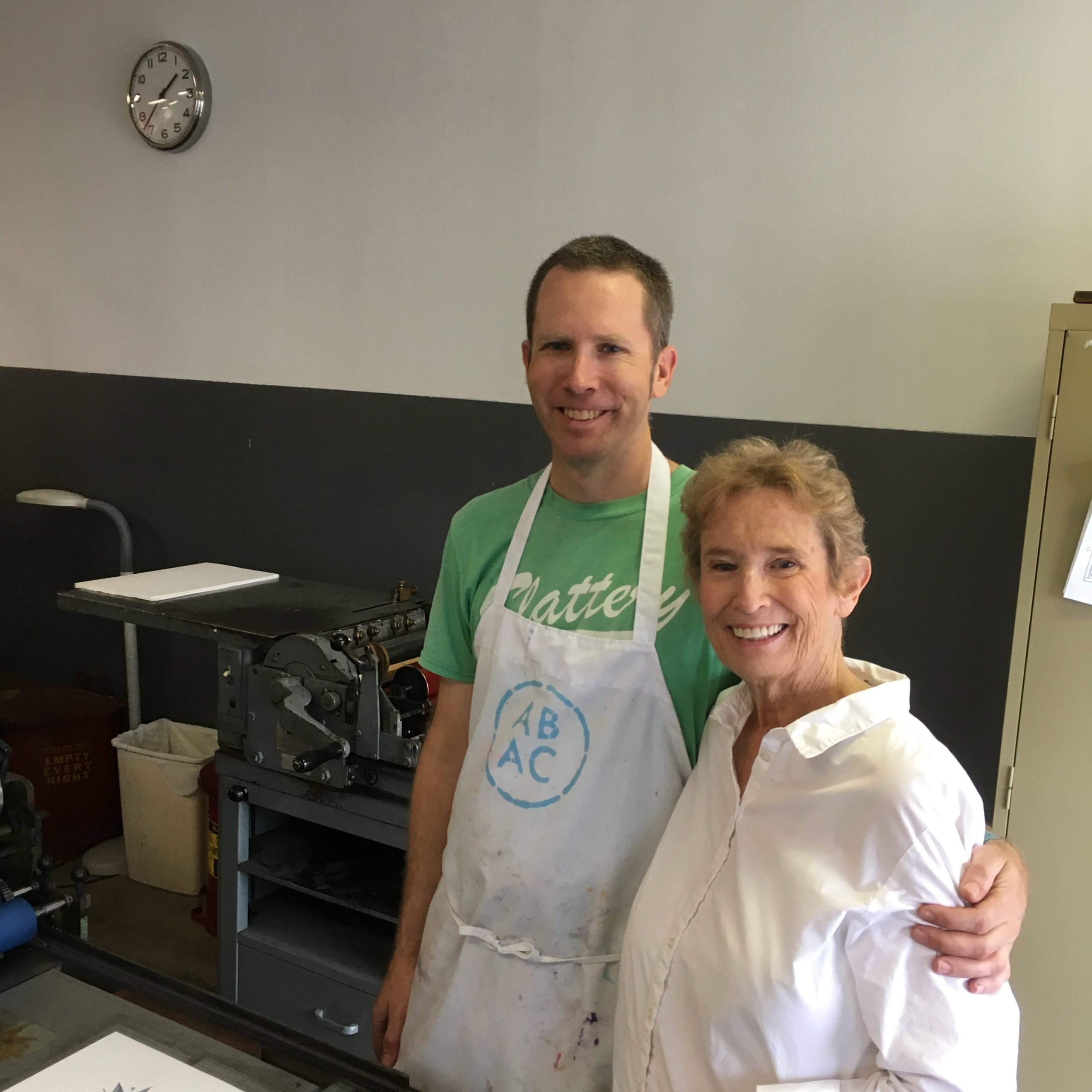1.What is your background?
My background, well I started getting serious about my interest in art in high school when I took an advanced placement art course that started an hour earlier than normal school hours. I then went to college at The School of the Art Institute of Chicago (SAIC) where I received a BFA in 2001. While studying there I focused in graphic design, photography, and printmaking. I have had an interest for a while in the connections among these three disciplines, so when I saw there was a letterpress course offered at SAIC I signed up for it. The course was taught at the letterpress studio at Columbia College, since at the time SAIC didn’t have a letterpress studio (they do now). This course was taught by Catherine Ruggie-Saunders. A few years ago when I wanted to find a way to start doing some letterpress printing again I found out about the Rob Roy Kelley Collection and the Design Lab at The University of Texas at Austin. I spoke to Kevin Auer, who ran the studio there at that time about possibly using the studio there outside of class time. He agreed to let me do so after a refresher class on letterpress printing. He also told me about the ABAC, and I contacted them about possibly volunteering in exchange for access to their equipment.
2.What do you enjoy about letterpress?
I enjoy a lot of things about letterpress. I enjoy the physicality of it; when hand setting type you are physically rearranging the type and leading and spacing and the furniture when it comes time to lock up the type. I also appreciate the connection to history all the way back to Gutenberg (many folks don’t know there’s a copy of the Gutenberg Bible here in Austin at The Harry Ransom Center that is always on exhibit). I like that letterpress is both a technical and a creative process which compels you to slow down when you’re doing it.
3.Do you prefer to work with a particular letterpress machine or type face? Why?
I prefer working with the cylinder presses especially the Vandercooks; there is a lot more control available with them. I also really like working with wood type, which I first worked with at UT. The wood type makes one slow down even more because most of it is old and in turn requires you do some make ready work in order to get good results. Of course there is also chromatic wood type, a wonderful trick that allows for printing with two colors to look like printing with three.
4.When did you begin volunteering at ABAC?
I started volunteering at ABAC around six years ago.

